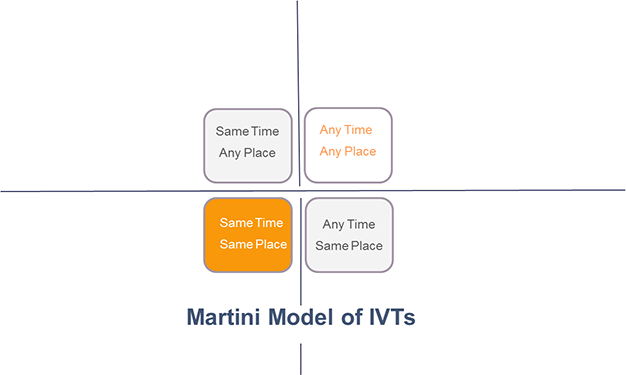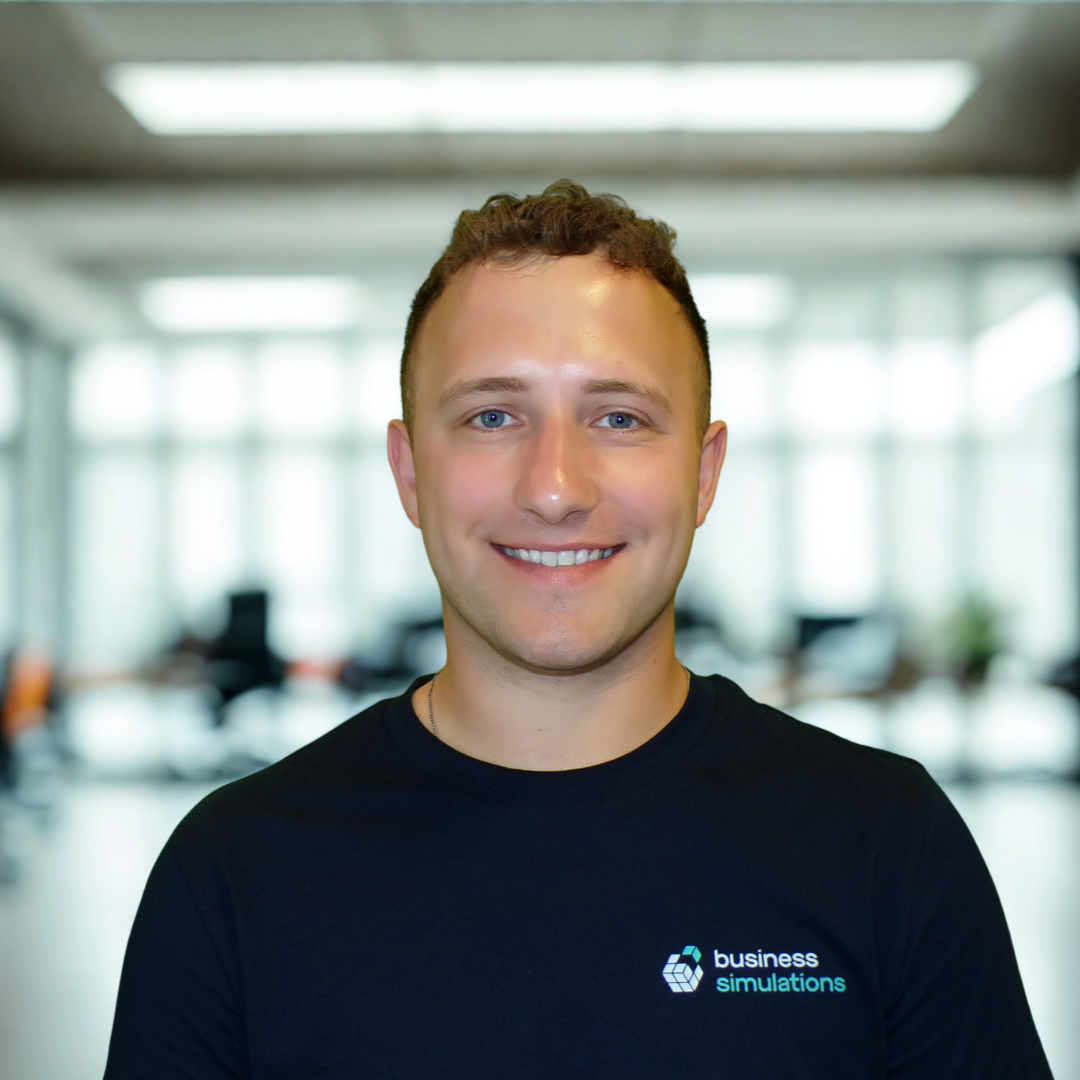Irish Management Institute utilises the Compete simulation for their diploma studies
By Tom Parsons, Apr 20, 2017 Last updated Jun 11, 2025
As part of their Diploma studies in International Business, this year the IMI (Irish Management Institute) held a 1-day session on International Virtual Teams with a unique spin: after each lecturing segment the participants played a team business simulation game which became increasingly more virtual each round.
It worked like this. The participants listened to a short lecture on the relevant theory on virtual teams, and then put it into practice immediately by playing a round of the simulation game.
At the end of the round the lecturers guided a team reflection on what the teams did well and what they could improve. Then the teams were given time to plan how they would handle the next round, and so on.
In the simulation game; Compete , each team runs a business in real-time competition with each other by making key decisions on price, strategy and management priorities.

Same time - same place
In round 1 there were no restrictions on the teams – they could function as traditional same-time same-place teams. This means they could all talk to each other across the table as normal.
Same time - any place
In round 2 the teams became same-time any-place teams, as they were working across different locations, but without massive time zone differences. This means that all team communications were via online virtual meetings, which we simulated in the game. The lecturers also introduced “distraction activities” for individual team members, to model the impact of different chains of command and the pressures of local urgencies.
Same time - any place - any culture
In round 3 the teams had to additionally deal with the fact that they were working across geographies, with big cultural differences. To achieve this, the facilitators privately briefed the team leaders to behave in specific (unfamiliar) cultural styles. The facilitators then watched to see whether the teams recognised these styles and how well they dealt with any problems it caused.
Any time - any place
Finally, in round 4 the teams became the most challenging type of virtual team, any-time any-place teams, with all team members working across different locations with large time zone differences. This means that they had to communicate mostly via asynchronous messaging, with allowance for a single short online meeting to reflect the small overlap in the working days of the virtual team members.
Impact on learning
Dr. Juan J Perez-Camacho, programme designer at the Irish Management Institute, reflects on the effectiveness of this form of learning and how the participants responded to it:
We asked the participants at the beginning of the session: ‘who liked games?’ Interestingly, 50% of the audience said they did not like games. At the end of the day, as part of the evaluation, we asked ‘Did the simulation engage you?’ The results were remarkable: 100% of the participants reported that they were engaged, while 50% of those participants reported to be ‘really engaged’.
Dr. Juan Perez-Camacho
More importantly, the Programme Director - Norma Murphy, indicated that all participants said that they could take learnings back to the office.
This was a confirmation of the impact of the session on the participants and their companies.
Norma Murphy
